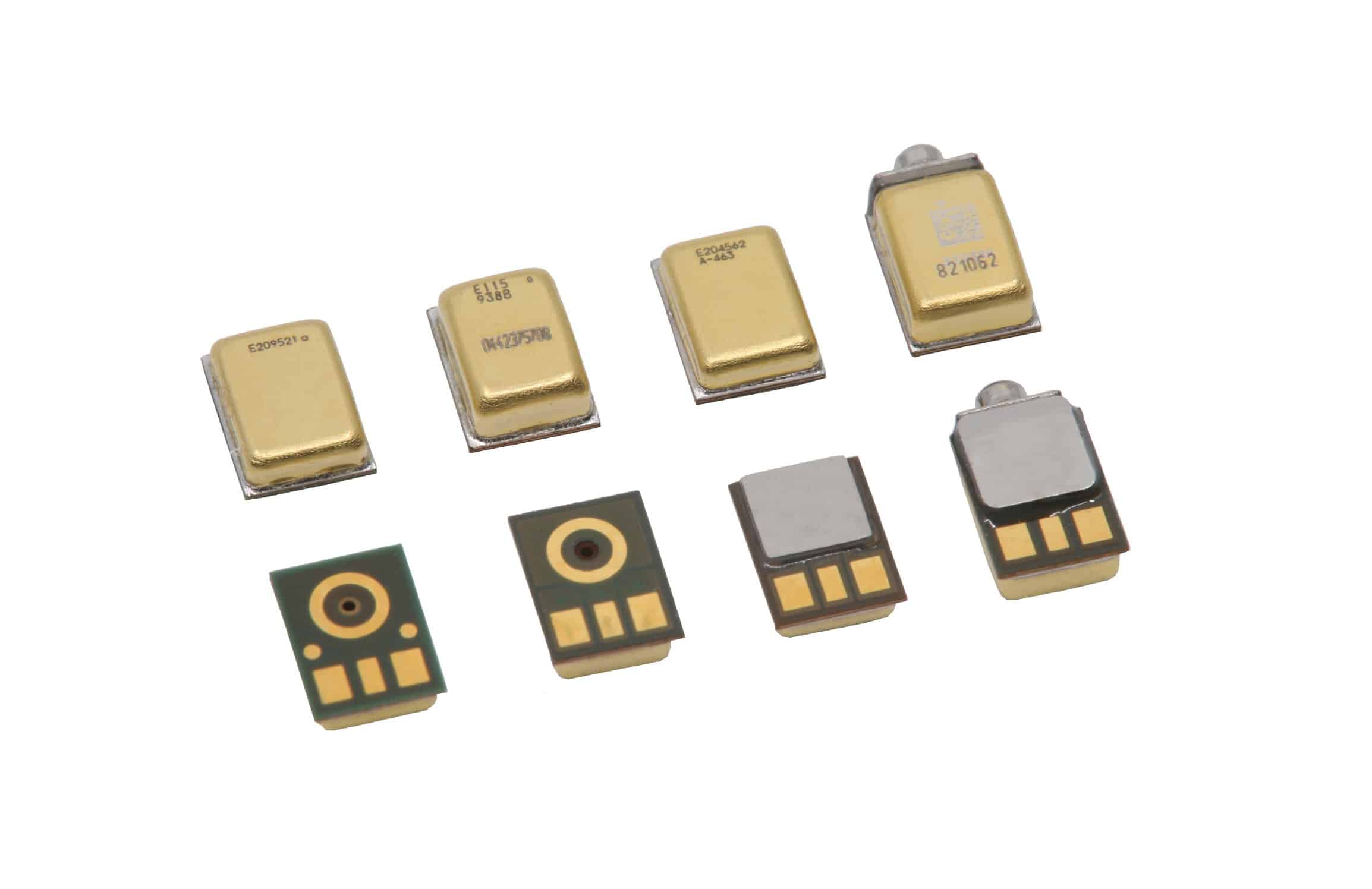Summary:
Knowles has launched the MM60 MEMS microphone at EUHA 2025, engineered with a new MEMS motor and advanced ASIC to optimize AI chipset performance in hearing aids through enhanced durability, programmability, and acoustic…
Knowles Debuts MM60 MEMS AI-centric Microphone at EUHA
